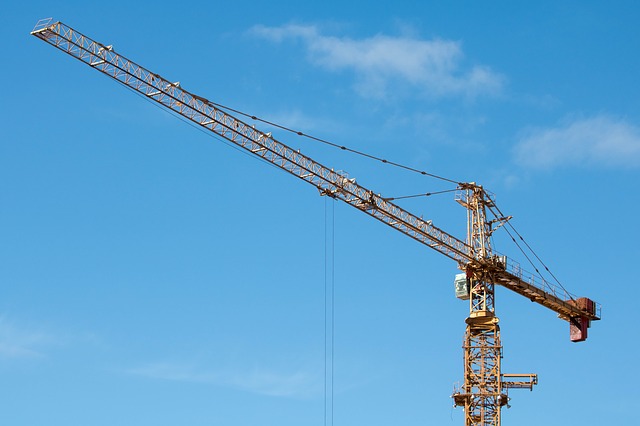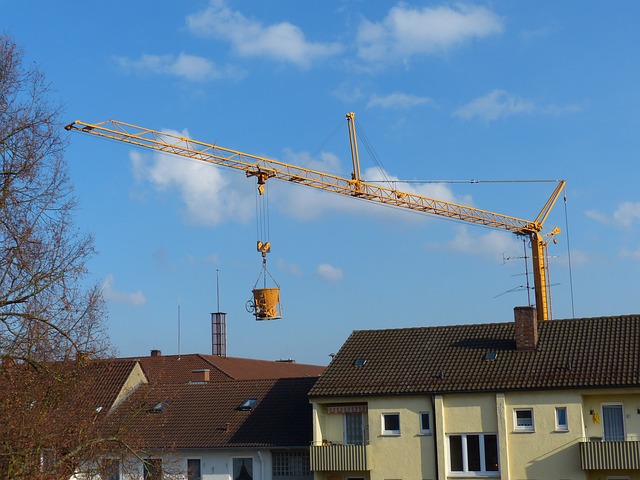Tower cranes are machinery that is used in the construction of skyscrapers and high-rise buildings. The base of a tower crane is made of a concrete slab that is attached to the ground with powerful anchor bolts. Support units are fixed on the sides of the building as the crane continues to erect. But this depends on the weight that is being lifted.
Parts of a Tower Crane
As you may know, cranes come in different types, but they all comprise of the following:
- Mast
This is the primary section of the tower crane. It is made of steel trusses.
- Slew
The slew is situated at the upper part of the mast. It is designed to enable the crate to rotate
Tower cranes are usually transported to the site in either 10 or 12 tractor-trailer rigs. The constructors use mobile cranes to fix the machinery and jib section and puts the horizontal parts on 12 meters mast that comprises of two mast sections. The mobile cranes add counterweights.

The mast is then designed to rise from the foundation. The mast is massive and has a triangular structure, approximately 3.2 square meters. The triangular design is meant to ensure the mast remains upright and steady.
To reach the maximum height, then mast grows up, each section at a time. The constructors use a climbing frame or a top climber that fits between the top of the mast and the slewing unit. This is how the process works:
- The constructors put weight on to it to create a balance on the counterweights
- The operators then detach the slewing section from the upper part of the mast. The slewing unit is pushed by large hydraulic rams, up to 6 meters.
- The crew then lifts another 20-foot mass part using the crane into the space created by the climbing frame. Once fitted in place, the crane will be 20 feet tall
- Once construction is complete, and the time for the crane to come down arrives, the process is reversed. The crane disassembles the mast, and smaller cranes detach other parts
Safety Rules During Tower Crane Erection
Those in charge are responsible for ensuring that the site, where the crane is to be erected, can endure the weight of the crane and its loads. In addition, the ideal location should be able to let the crane operator with the least risks to third parties and workers.
For this reason, the organization must choose a project manager to oversee the site and confirm that it is safe for crane erection and to make sure that no material adjustments take place prior to the actual construction of the crane.
All the necessary precautions, such as the use of pedestrian and vehicular traffic management systems and personal protective tools, must be present during tower crane erection. The project manager must make sure that as soon as the tower crane is erected at the location, it must be inspected prior to being in service, by a person who is competent and experienced and make sure that the tower is installed appropriately and works safely. Also, regular inspection should be carried out by an experienced and skilled person.

The project manager must make sure all the ropes, chains and lifting equipment are keenly assessed by a competent individual at least once in every six months. Hooks must be attached with a safety latch.
Tower cranes ought to be erected on gradients according to specifications given by the manufacturer. They should also be raised at a safe distance from excavations, power lines, and ditches as specified by an expert.
